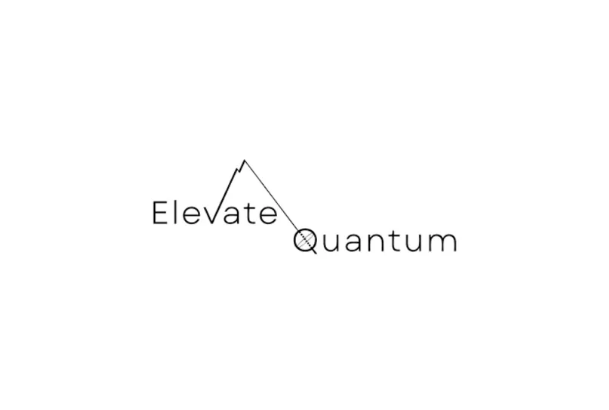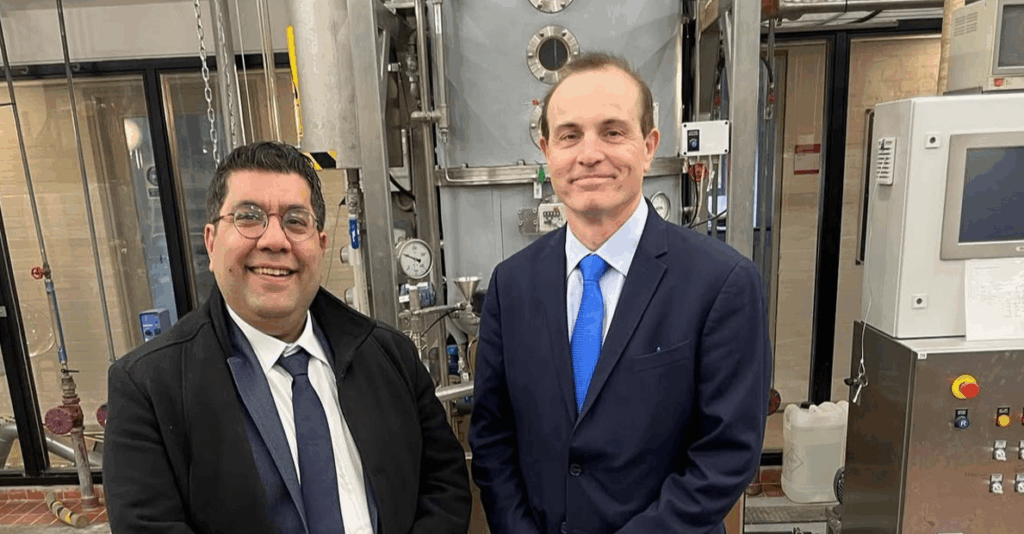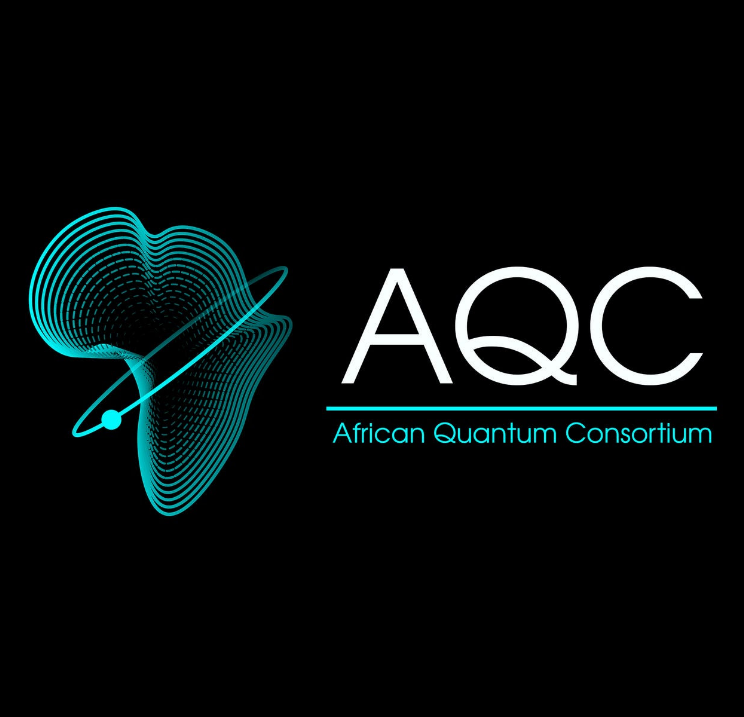Insider Brief
- Researchers from the University of Texas at Austin and Quantinuum demonstrated what they’re calling the first unconditional separation between quantum and classical information resources.
- A task completed with 12 qubits on Quantinuum’s H1-1 trapped-ion quantum computer would require between 62 and 382 bits of memory on any classical system.
- The study establishes what the authors call quantum information supremacy, providing permanent proof that current quantum hardware can access resources unavailable to classical computers.
- Image: Quantinuum
A quantum computer has completed a task with fewer resources than any classical computer could ever match, according to a study by researchers at the University of Texas at Austin and Quantinuum. The researchers report that the results, published in the pre-print server arXiv, represents the first unconditional demonstration that quantum machines can store and process information in ways no classical system can reproduce.
First, some context and background. Physicists have argued for years about whether the exponential potential of quantum mechanics can ever be fully harnessed. Bell inequality tests, which won the 2022 Nobel Prize in Physics, revealed correlations between entangled particles that no classical system could explain. But these experiments did not involve difficult computations. More recently, “quantum supremacy” claims from Google in 2019 and teams in China that followed rested on complexity assumptions. Critics countered that improved classical algorithms could narrow or erase the advantage.
The new study, led by William Kretschmer, an assistant professor of computer science, at UT Austin, and colleagues, takes a different approach. The approach proves mathematically that a specific storage task can be done with 12 qubits on a quantum processor, while any classical method would require between 62 and 382 bits of memory. No improvement in conventional hardware or algorithms can bridge that gap.

The foundation for the experiment comes from communication complexity, a branch of computer science that studies how much information two parties must exchange to solve a problem. The researchers reinterpreted the idea as a test of memory.
The researchers write that, instead of two people passing messages across space, they modeled a single device passing information across time. In this setup, storing qubits rather than bits meant carrying more useful information with fewer resources. The challenge they designed resembles a benchmark already used in quantum computing called cross-entropy sampling. One party encodes a quantum state, the other applies a measurement, and together they try to generate outputs that match a target probability distribution.
The study provese that any classical algorithm attempting the same task must use exponentially more memory, Ashley Montanaro at the University of Bristol in the UK, told New Scientist.
“This is a remarkable scientific result that shows that the landscape of ‘quantum advantages’ is broader than some might think,” Montanaro said, according to the magazine. “Unlike most quantum advantage or quantum supremacy demonstrations, there is no hope that a better classical algorithm can be found — it’s impossible.”
The Test Bed
To carry out the experiment, the team used Quantinuum’s H1-1 trapped-ion quantum computer, a system known for its high gate fidelity and flexible connectivity. The machine can reliably entangle any pair of its 20 qubits, a capability that allowed the researchers to implement the task on 12 qubits.
In his blog Shtetl-Optimized, Scott Aaronson, one of the lead researchers on the study, writes thgat the experiment succeeded because Quantinuum was willing to translate theory into practice alongside academic researchers.
“I’d especially like to thank the team at Quantinuum for recognizing a unique opportunity to test and showcase their cutting-edge hardware, and collaborating with us wild-eyed theorists to make it happen,” writes Aaronson. “This is something that, crucially, would not have been feasible with the quantum computing hardware of only a couple years ago.”
Preparing the required quantum states was not straightforward, according to the paper.
Haar-random states, which are evenly distributed quantum states that provide the strongest theoretical guarantees, cannot be generated with high fidelity on today’s noisy devices. Instead, the researchers designed parameterized circuits — you could think of these as adjustable quantum gate patterns that can be tuned like dials — to approximate these states while accounting for real-world errors. On the measurement side, they relied on Clifford circuits, a simple class of quantum operations that hardware can implement efficiently and that researchers often use for benchmarking.
Each run required a fresh source of true randomness to meet the strict conditions of the theorem, so the team drew inputs from a hardware-based random number generator. Across 10,000 trials, the quantum computer achieved a cross-entropy fidelity of 0.427. According to the proof, a classical machine would need at least 62 bits of memory to replicate that performance, and more likely up to 382 bits.
Implications for Quantum Science
The result establishes what the authors call quantum information supremacy. Unlike earlier demonstrations of quantum advantage, the separation is unconditional. No future classical breakthrough can close it, the researchers report.
That permanence gives the study a special weight in the field, as well as adding foundational significance.
Since the early 20th century, scientists have debated whether Hilbert space, the vast mathematical space that describes quantum systems — is a real physical resource or simply a mathematical convenience. By showing that 12 qubits can outperform hundreds of classical bits, the experiment provides evidence that Hilbert space is not just an abstraction but something that quantum hardware can actually access.
As in earlier milestones, there are some loopholes that will need to be closed and areas for future work. For example, the experiment required that one party’s input remain independent of the other’s. In practice, the measurement instructions were generated before the state preparation, leaving open the possibility that the device could exploit foreknowledge. This echoes loopholes in early Bell tests, which were eventually closed by more sophisticated setups. Another target for future work is finding out whether the 12-qubit device truly operated within a 12-qubit space, or whether hidden physical degrees of freedom helped mimic the expected behavior.
The researchers acknowledge these issues and argue that future experiments with larger separations will provide stronger evidence.
Pushing the Boundary
Scaling up would widen the gap between quantum and classical, the researchers said. At 26 qubits, the study estimates, a classical system would need more than a million bits of memory to keep pace. Achieving that would require still higher-fidelity gates than those available today, since errors accumulate with circuit depth. The team suggests that improving two-qubit gate fidelity and refining variational state preparation are the most direct paths forward. They also argue that the classical lower bounds they derived could be tightened further, making it possible to demonstrate larger separations on current devices.
Although the task itself is abstract, the techniques developed have practical implications.
Methods for preparing pseudo-random quantum states, optimizing circuits against noise, and verifying output distributions are central to quantum simulation, cryptography and error correction. The reliance on hardware-based randomness also highlights the growing need for trusted random sources in quantum protocols. These tools, refined in the course of proving a theoretical point, could one day find use in applied quantum computing as devices scale.
While the study does not necessarily mean that quantum computers are ready to solve problems of immediate commercial value just yet, it does, however, establish a benchmark that cannot be undone. By showing that a small quantum device can outperform classical systems in an unconditional way, the research sets a new baseline for what quantum hardware can achieve. The long-running claim that quantum processors are “secretly classical” is now much harder to sustain.
The study was conducted by William Kretschmer, Sabee Grewal, Nicholas Hunter-Jones, and Scott Aaronson of the University of Texas at Austin; Matthew DeCross, Justin A. Gerber, Kevin Gilmore, Dan Gresh, Karl Mayer, Brian Neyenhuis, and David Hayes of Quantinuum; and Hunter-Jones also holds an affiliation with the University of Texas at Austin’s physics faculty.
For a deeper, more technical dive, please review the paper on arXiv. It’s important to note that arXiv is a pre-print server, which allows researchers to receive quick feedback on their work. However, it is not — nor is this article, itself — official peer-review publications. Peer-review is an important step in the scientific process to verify results.

















